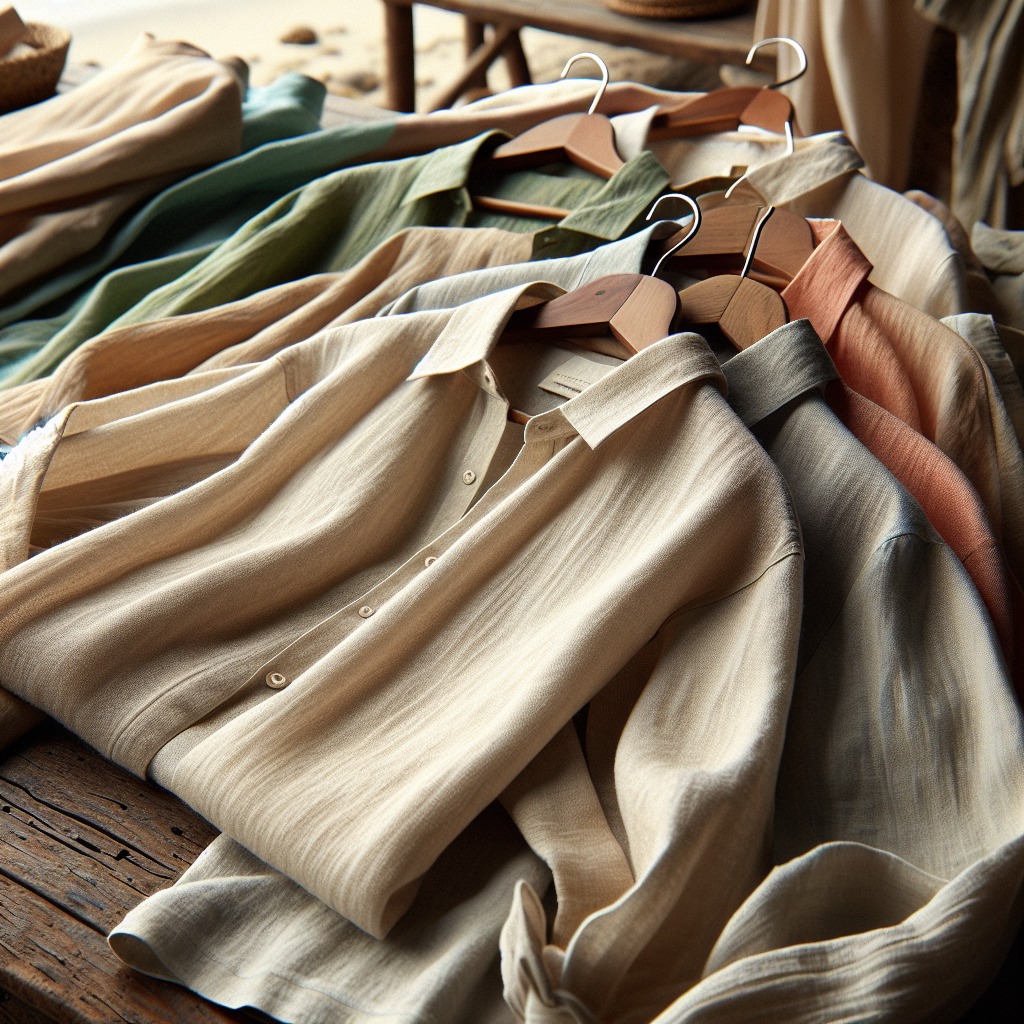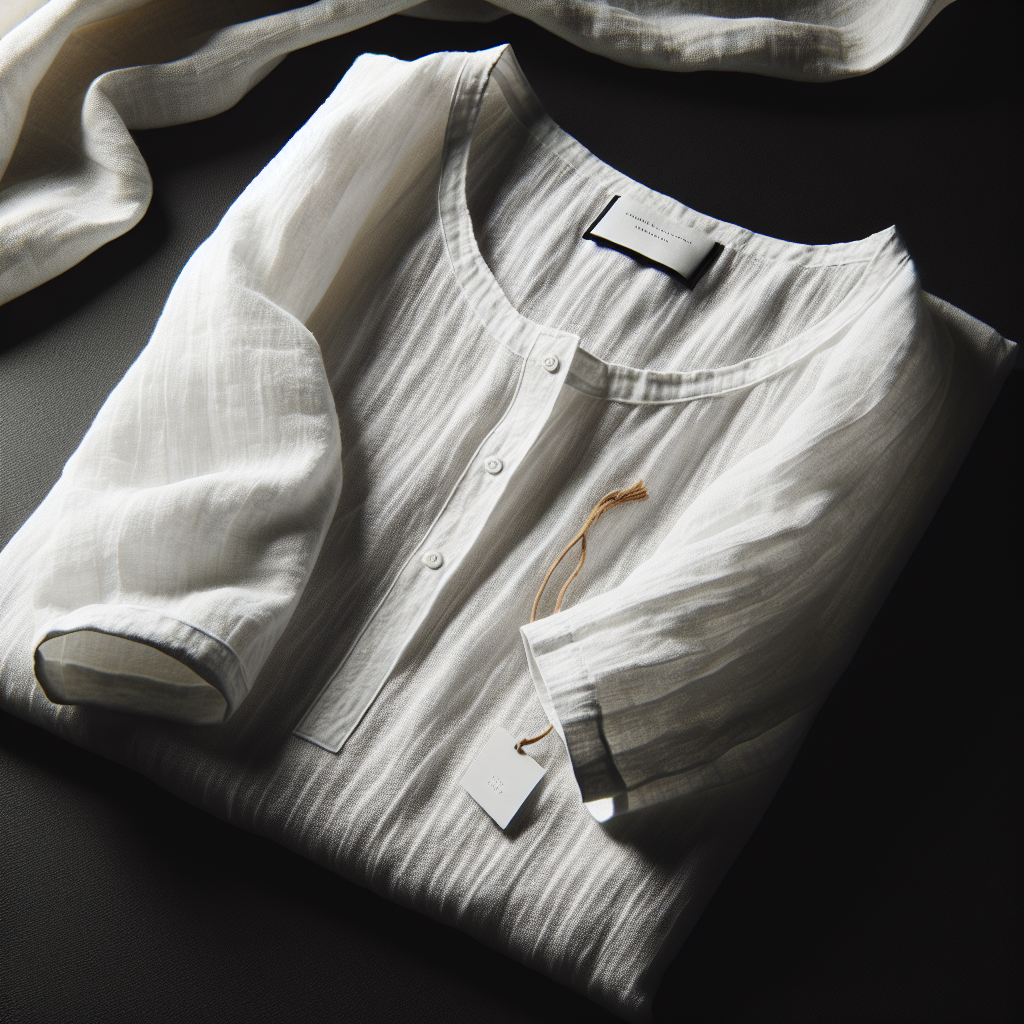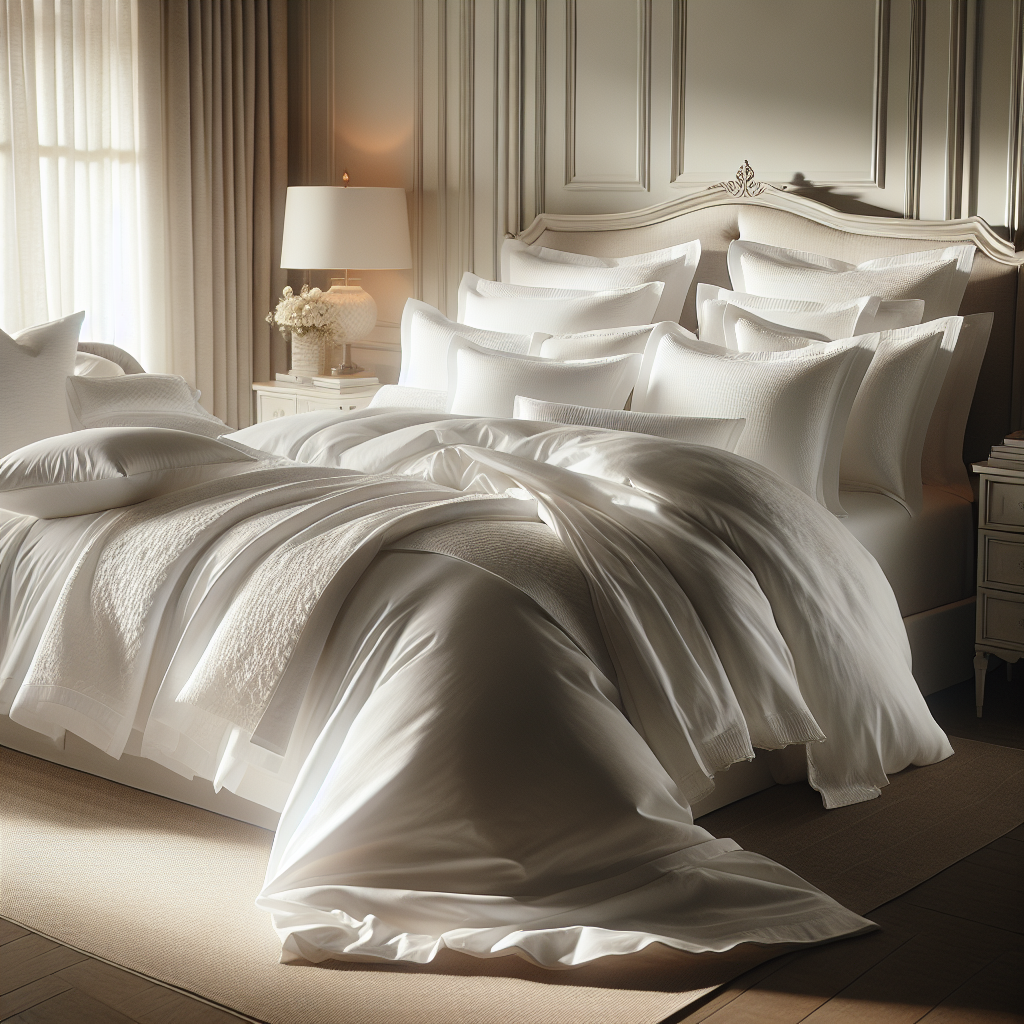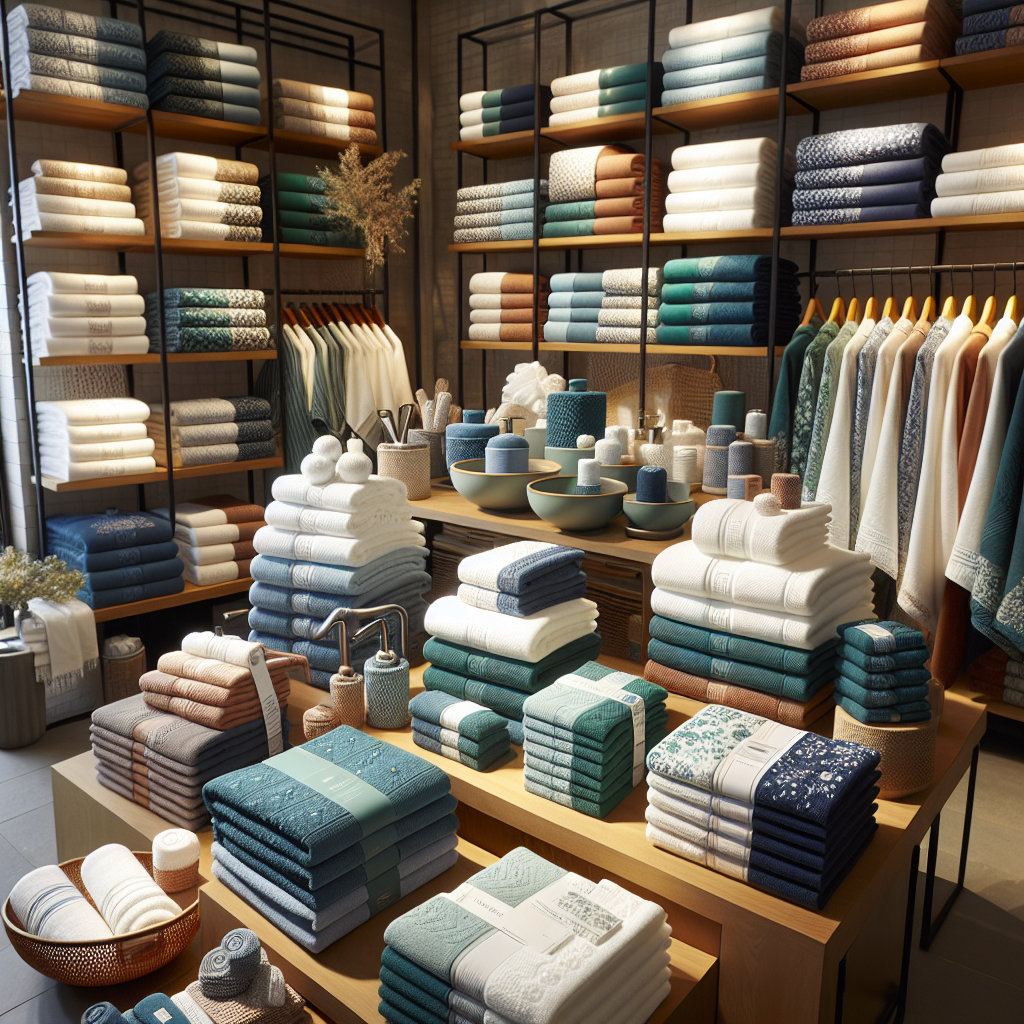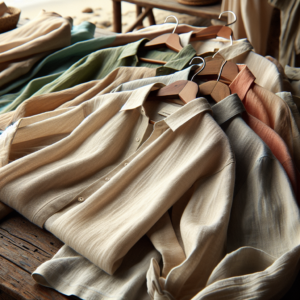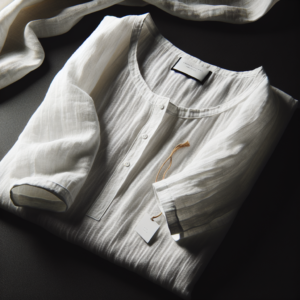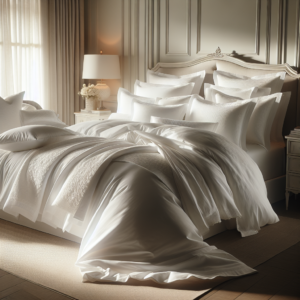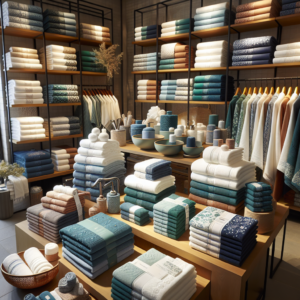The Evolution of Bed Linen Materials: From Traditional to Sustainable Options
The bed linen industry has come a long way in terms of materials used to create the perfect bedding. From traditional options like cotton and silk to more sustainable alternatives like bamboo and organic cotton, the evolution of bed linen materials has been driven by both consumer demand and environmental concerns.
Cotton has been the go-to material for bed linen for centuries. Its softness, breathability, and durability make it a popular choice among consumers. However, the production of cotton has a significant impact on the environment. It requires large amounts of water, pesticides, and fertilizers, making it one of the most resource-intensive crops in the world. This has led to the rise of more sustainable options in the bed linen industry.
One of these options is bamboo. Bamboo is a fast-growing plant that requires minimal water and no pesticides to grow. It is also naturally antibacterial and hypoallergenic, making it an ideal choice for those with sensitive skin. Bamboo bed linen is known for its softness and silky texture, comparable to that of high-end cotton. It is also highly breathable, making it perfect for hot sleepers. With its sustainable production and luxurious feel, bamboo bed linen has gained popularity in recent years.
Another sustainable option in the bed linen industry is organic cotton. Unlike conventional cotton, organic cotton is grown without the use of harmful chemicals. This not only benefits the environment but also the farmers who work with the crop. Organic cotton bed linen is also known for its softness and durability, making it a great alternative to traditional cotton. However, the production of organic cotton is still limited, making it a more expensive option.
In addition to these sustainable materials, there has been a rise in the use of recycled materials in the bed linen industry. Recycled polyester, made from plastic bottles, is being used to create soft and durable bed sheets. This not only reduces the amount of plastic waste in landfills but also reduces the need for virgin materials in production. However, some critics argue that the production of recycled polyester still has a negative impact on the environment, as it requires a significant amount of energy and resources.
Aside from the materials used, the production process of bed linen has also evolved to become more sustainable. Many companies are now using eco-friendly and ethical practices in their production, such as using renewable energy sources and fair trade practices. This not only benefits the environment but also supports the communities involved in the production of bed linen.
The demand for sustainable bed linen has also been driven by consumer awareness and education. With the rise of social media and the internet, consumers are becoming more conscious of the impact their purchases have on the environment. They are also more informed about the production processes of different materials and are actively seeking out sustainable options.
In response to this demand, many companies in the bed linen industry are now offering a wider range of sustainable options. This not only benefits the environment but also gives consumers more choices when it comes to creating their ideal bedding.
In conclusion, the evolution of bed linen materials from traditional to sustainable options is a positive step towards a more environmentally friendly and ethical industry. With the increasing demand for sustainable products, it is likely that we will continue to see new and innovative materials being used in the production of bed linen. As consumers, we have the power to drive this change and make a positive impact on the environment through our purchasing decisions. So, the next time you are in the market for new bed linen, consider opting for a sustainable option and be a part of the evolution towards a greener future.
The Impact of Technology on the Bed Linen Industry: Automation and Customization
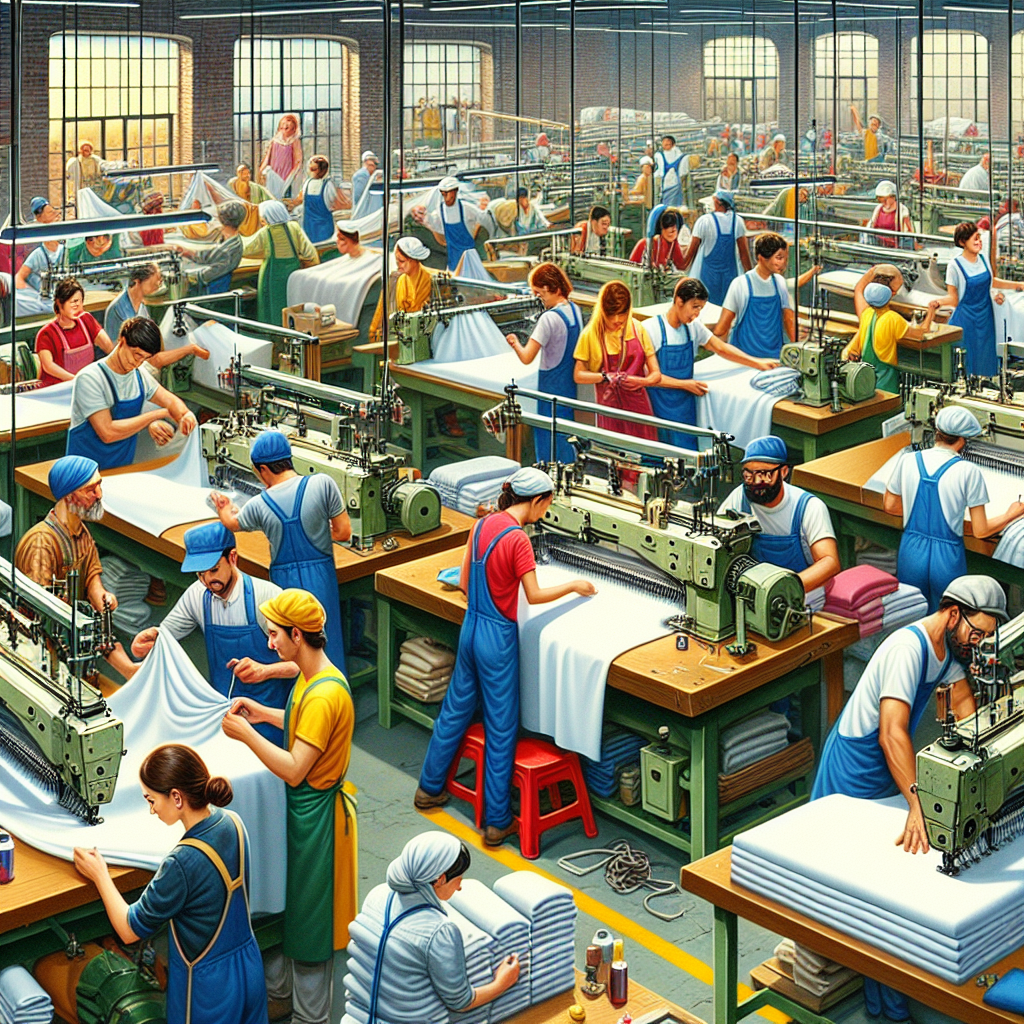
The bed linen industry has undergone significant changes in recent years, thanks to advancements in technology. Automation and customization have revolutionized the way bed linen is produced, marketed, and sold. These changes have not only improved the efficiency and productivity of the industry but have also enhanced the overall customer experience.
Automation has been a game-changer for the bed linen industry. With the use of advanced machinery and software, manufacturers are now able to produce bed linen at a much faster rate and with greater precision. This has significantly reduced the production time and costs, making it possible for companies to offer high-quality products at competitive prices.
One of the most significant impacts of automation on the bed linen industry is the ability to mass-produce customized products. In the past, customization was a time-consuming and expensive process, limited to high-end luxury brands. However, with the use of automation, manufacturers can now produce customized bed linen on a large scale, catering to the individual preferences of customers.
This has opened up a whole new market for personalized bed linen, with customers being able to choose from a wide range of designs, colors, and fabrics. This level of customization has not only increased customer satisfaction but has also boosted sales for companies in the bed linen industry.
Moreover, automation has also improved the quality of bed linen products. With the use of advanced machinery, manufacturers can now produce bed linen with greater precision and consistency. This has resulted in products that are of higher quality and durability, meeting the expectations of customers.
Another significant impact of technology on the bed linen industry is the rise of e-commerce. With the increasing popularity of online shopping, more and more customers are turning to the internet to purchase their bed linen. This has forced companies in the industry to adapt and invest in online platforms to reach a wider customer base.
E-commerce has not only made it easier for customers to purchase bed linen from the comfort of their homes, but it has also opened up new opportunities for companies to market and sell their products. With the use of social media and other digital marketing strategies, companies can now reach a global audience, expanding their customer base and increasing their sales.
Moreover, e-commerce has also made it possible for companies to offer a more personalized shopping experience for customers. With the use of data analytics, companies can now track customer preferences and buying patterns, allowing them to tailor their marketing strategies and product offerings accordingly.
The rise of technology has also had a significant impact on the supply chain of the bed linen industry. With the use of advanced software and tracking systems, companies can now monitor their inventory levels, production processes, and shipping logistics in real-time. This has improved the efficiency of the supply chain, reducing the chances of delays and errors.
Furthermore, technology has also made it possible for companies to adopt sustainable practices in the production of bed linen. With the use of eco-friendly materials and energy-efficient machinery, companies can now reduce their carbon footprint and contribute to a greener environment.
In conclusion, the impact of technology on the bed linen industry has been immense. Automation and customization have not only improved the efficiency and productivity of the industry but have also enhanced the overall customer experience. With the continuous advancements in technology, the bed linen industry is set to evolve even further, offering customers a wider range of high-quality, personalized products.
Trends in Bed Linen Design: From Minimalist to Bold and Colorful Patterns
The bed linen industry has seen a significant shift in design trends over the years. From simple and understated designs to bold and colorful patterns, the options for bed linen have expanded greatly. This change in trends reflects the evolving tastes and preferences of consumers, as well as the influence of interior design and fashion.
One of the most prominent trends in bed linen design is the move towards minimalism. This style is characterized by clean lines, neutral colors, and a lack of intricate patterns or designs. Minimalist bed linen often features solid colors or simple geometric patterns, creating a sleek and modern look. This trend has gained popularity in recent years, as more people are embracing a simpler and clutter-free lifestyle.
The rise of minimalism in bed linen design can also be attributed to the growing interest in Scandinavian and Japanese interior design. These styles emphasize functionality and simplicity, and their influence can be seen in the clean and minimalist designs of bed linen. Additionally, the use of natural materials such as linen and cotton in minimalist bed linen aligns with the increasing demand for sustainable and eco-friendly products.
On the other end of the spectrum, there has been a surge in demand for bold and colorful patterns in bed linen. This trend is a departure from the subdued and muted colors of minimalism, and instead embraces vibrant hues and eye-catching designs. From floral prints to abstract patterns, bold and colorful bed linen adds a touch of personality and liveliness to any bedroom.
The popularity of bold and colorful bed linen can be attributed to the growing interest in maximalism in interior design. This style embraces the use of bold colors, patterns, and textures to create a visually stimulating and eclectic space. As more people seek to make a statement with their home decor, bold and colorful bed linen has become a popular choice.
Another factor contributing to the rise of bold and colorful bed linen is the influence of fashion. Just as fashion trends often trickle down into home decor, the use of bold and vibrant colors in clothing has also made its way into bed linen design. This trend is particularly popular among younger consumers who are looking to infuse their personal style into their living spaces.
In addition to minimalism and bold patterns, there has also been a resurgence of traditional and vintage-inspired designs in bed linen. This trend is characterized by intricate patterns, such as damask or paisley, and a color palette that often includes muted tones and earthy hues. Traditional bed linen designs add a touch of elegance and sophistication to a bedroom, and their timeless appeal makes them a popular choice for many.
The revival of traditional bed linen designs can be attributed to the growing interest in nostalgia and the desire to create a cozy and comforting atmosphere in the home. This trend also aligns with the popularity of vintage and antique decor, as well as the use of natural and organic materials in home furnishings.
In conclusion, the bed linen industry has seen a shift in design trends from minimalist to bold and colorful patterns, as well as a resurgence of traditional designs. These trends reflect the changing tastes and preferences of consumers, as well as the influence of interior design and fashion. Whether one prefers a simple and modern look or a more vibrant and eclectic style, there is a wide range of options available in the bed linen market to suit every individual’s unique taste.

